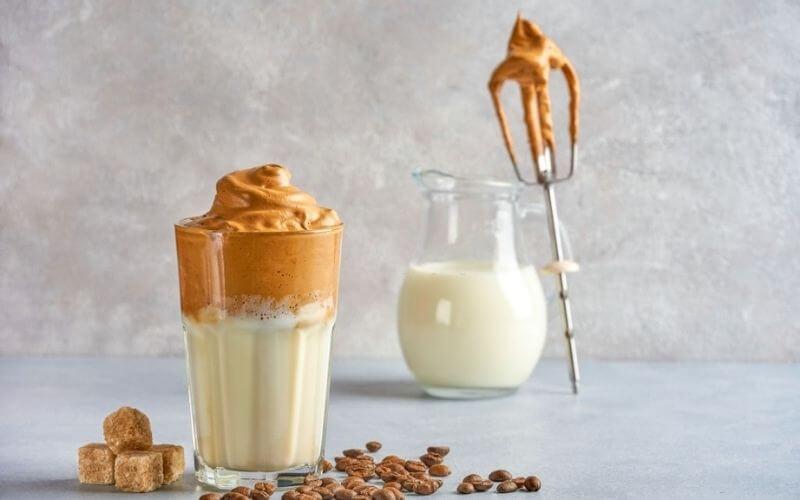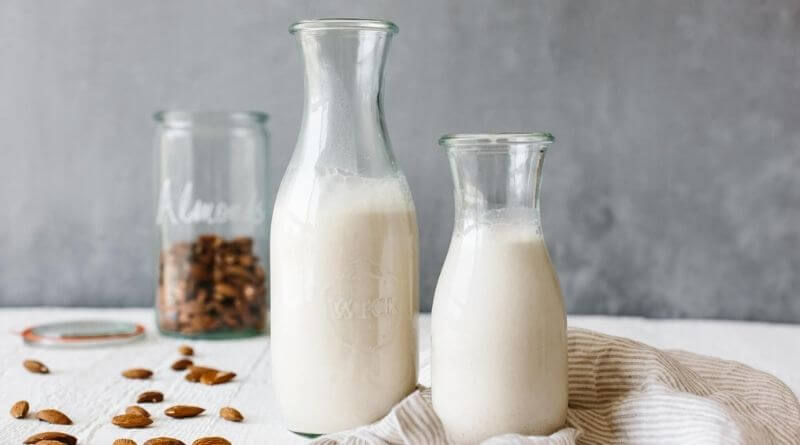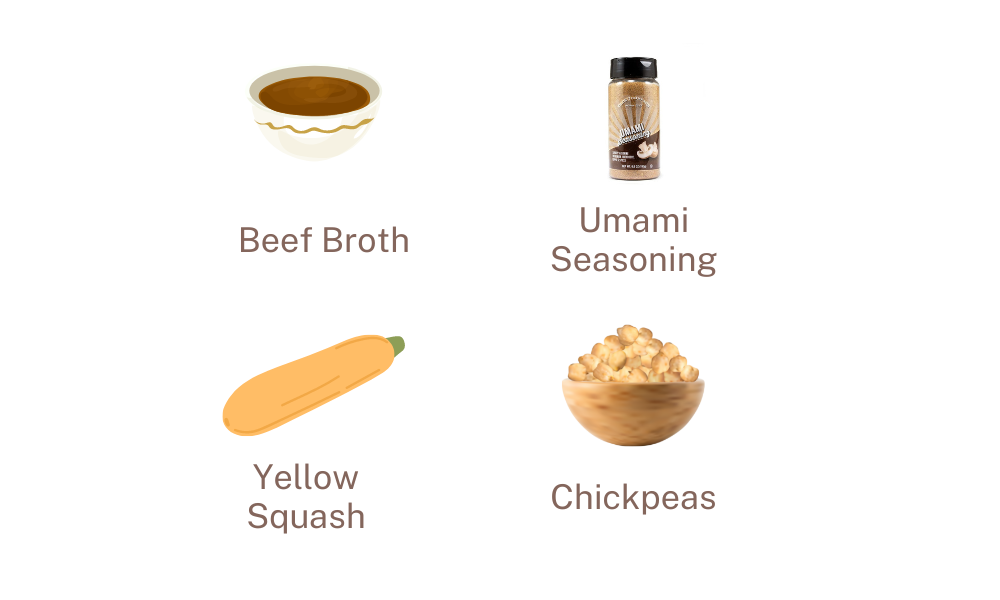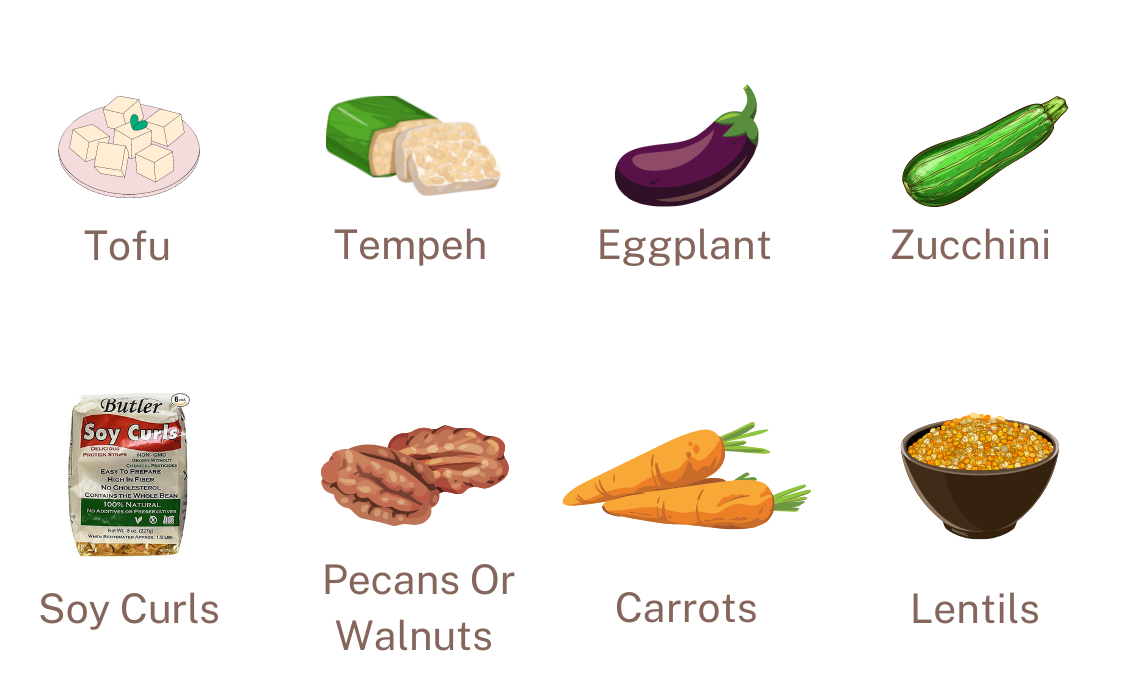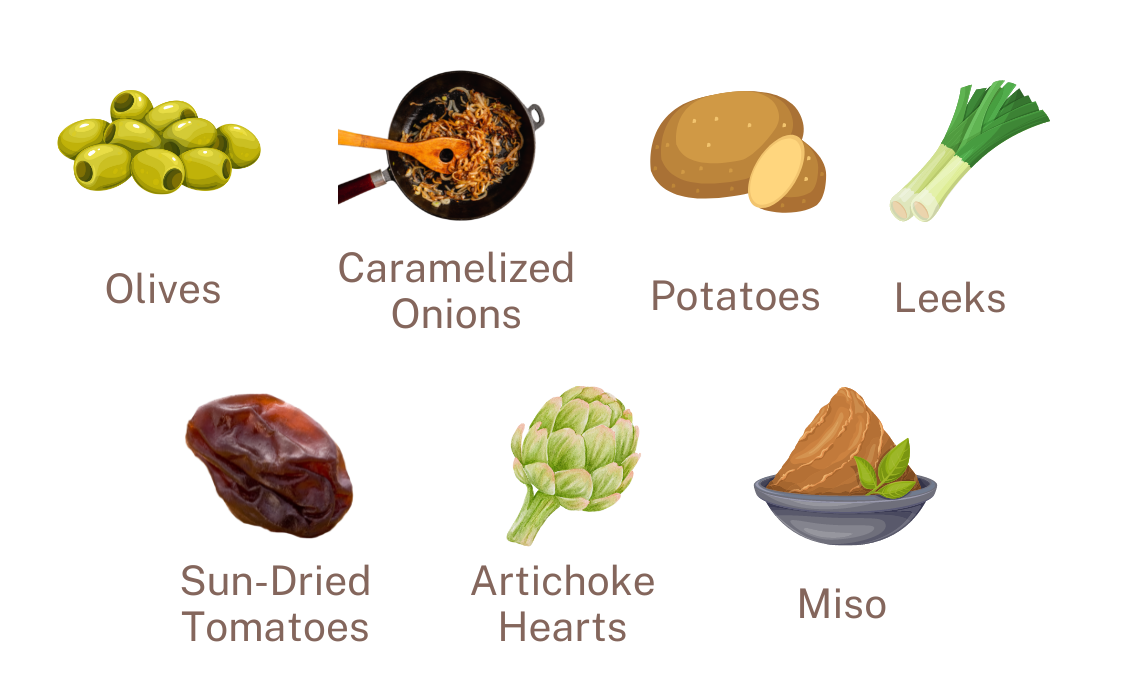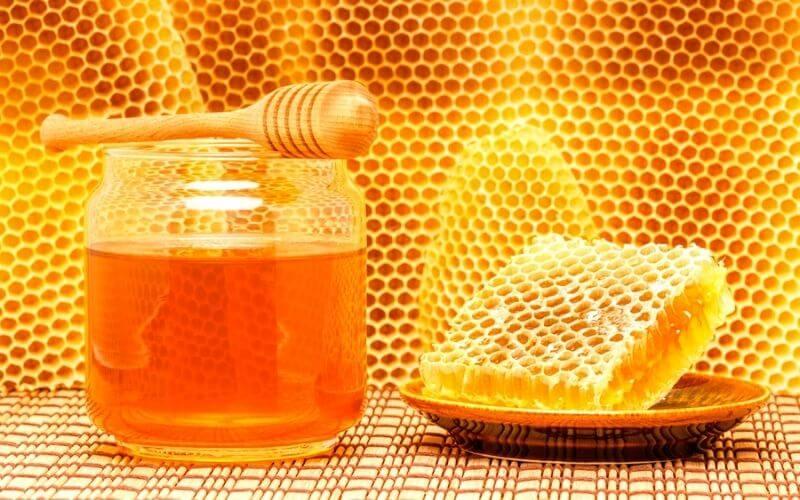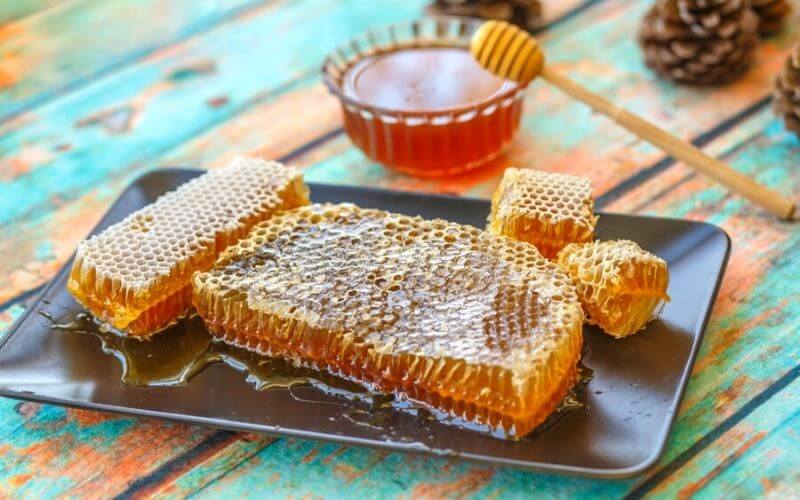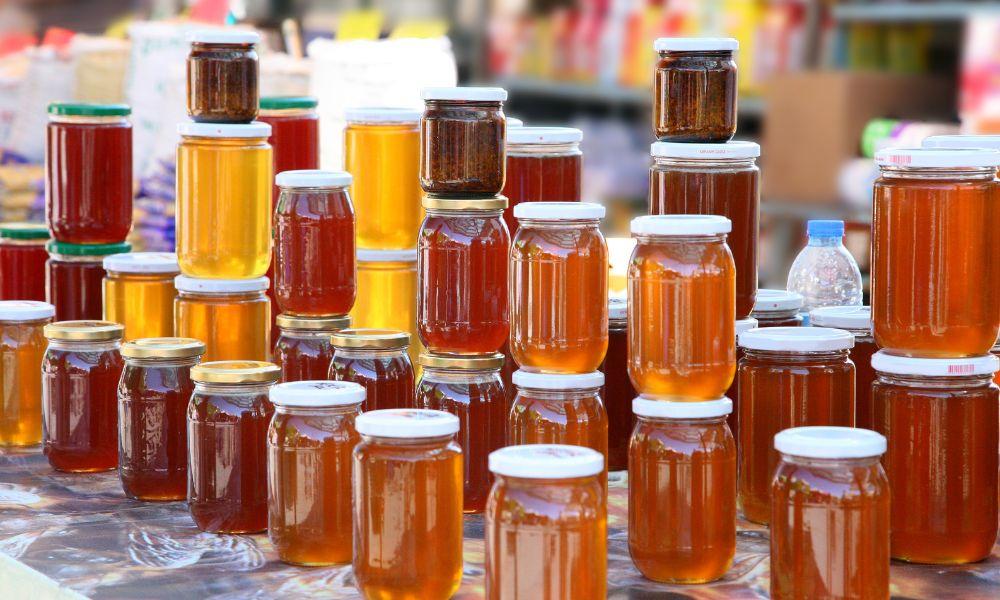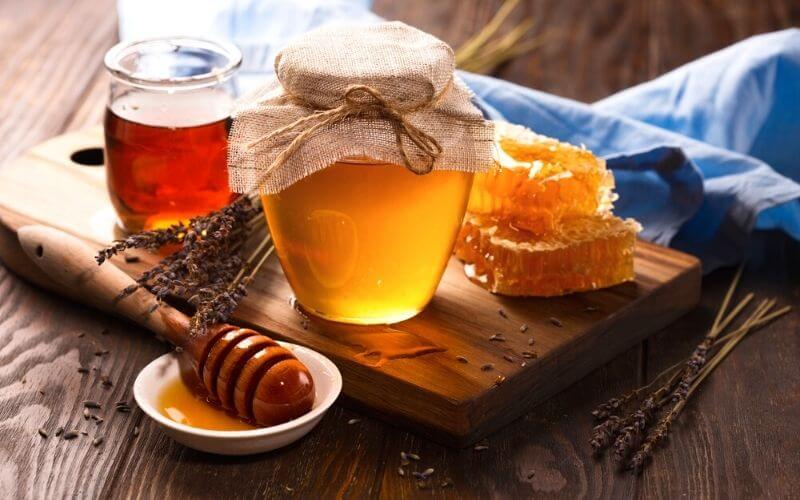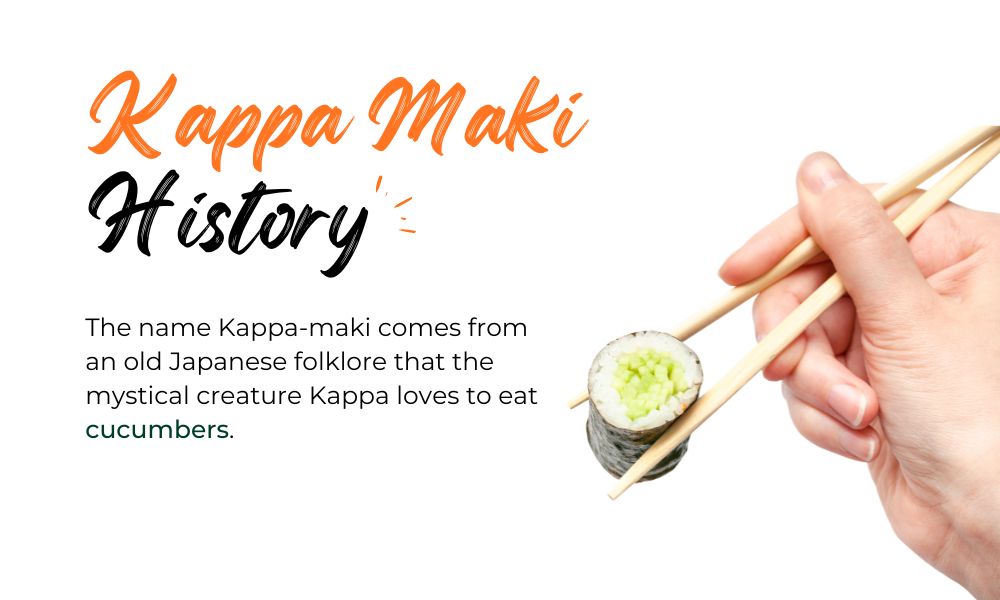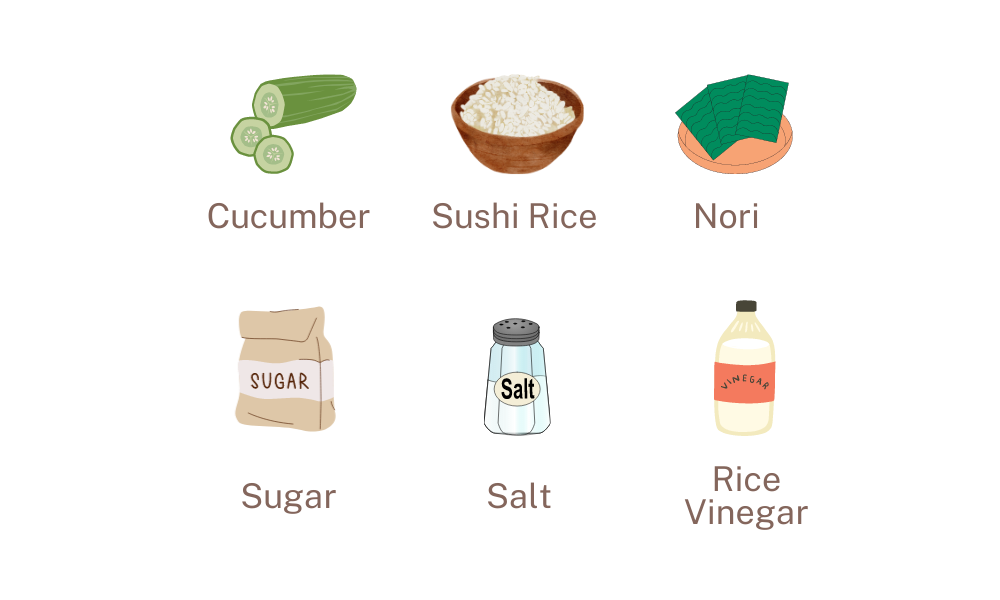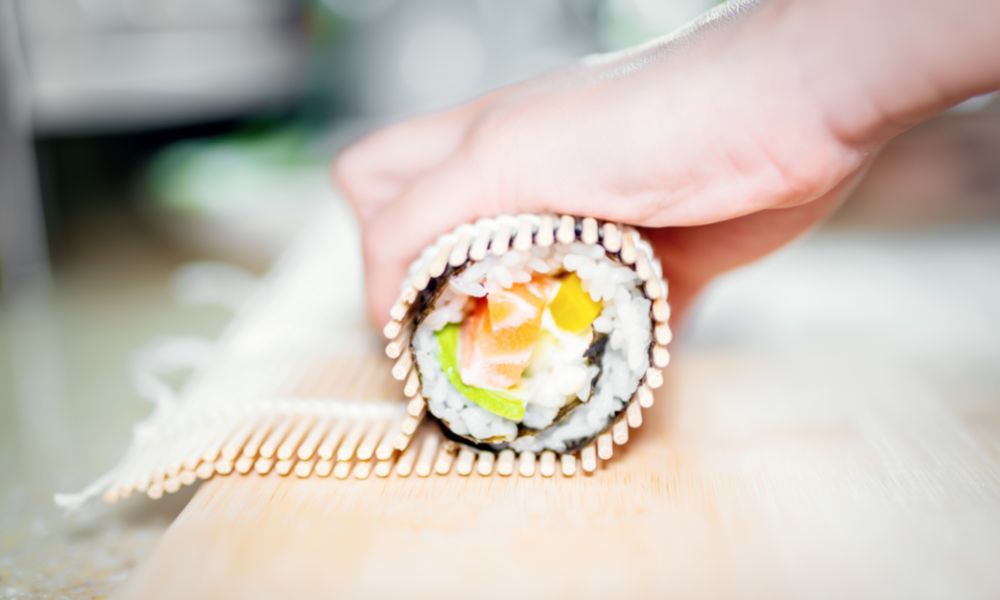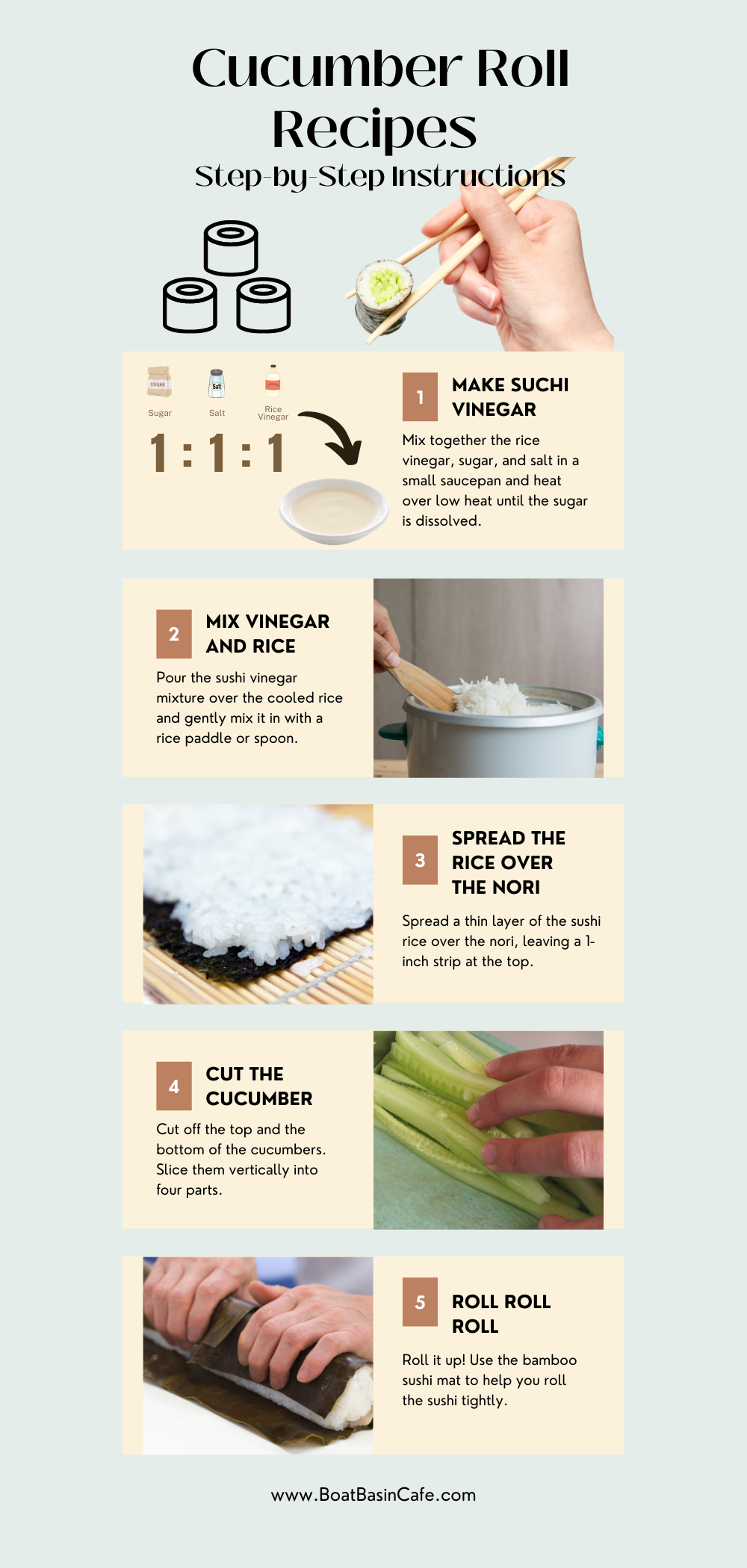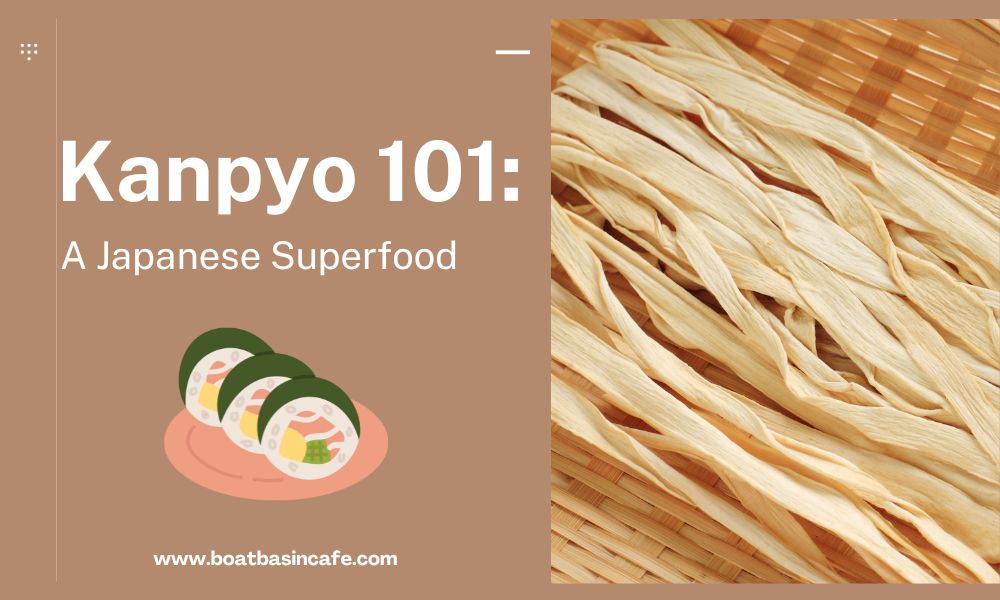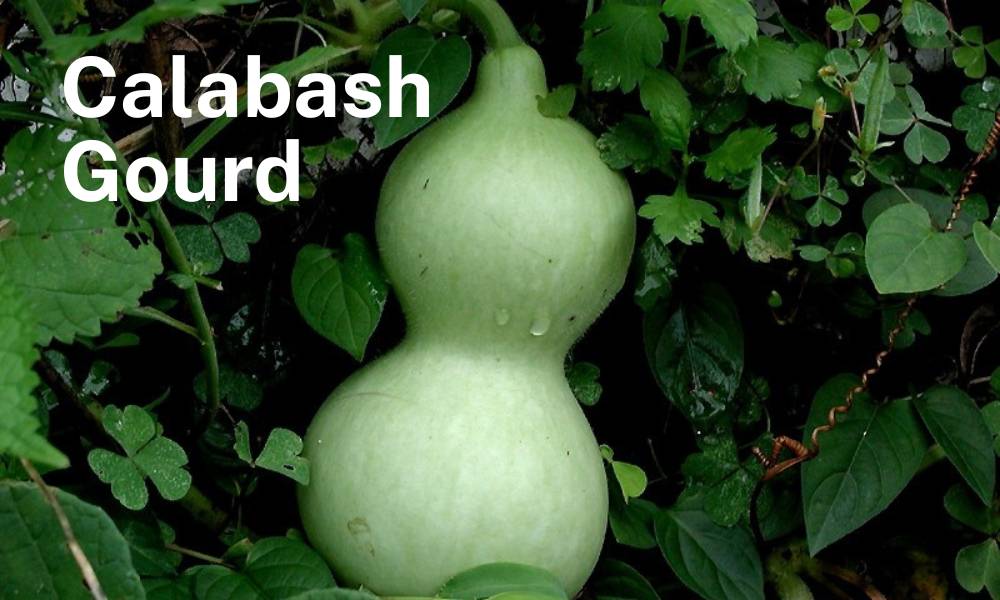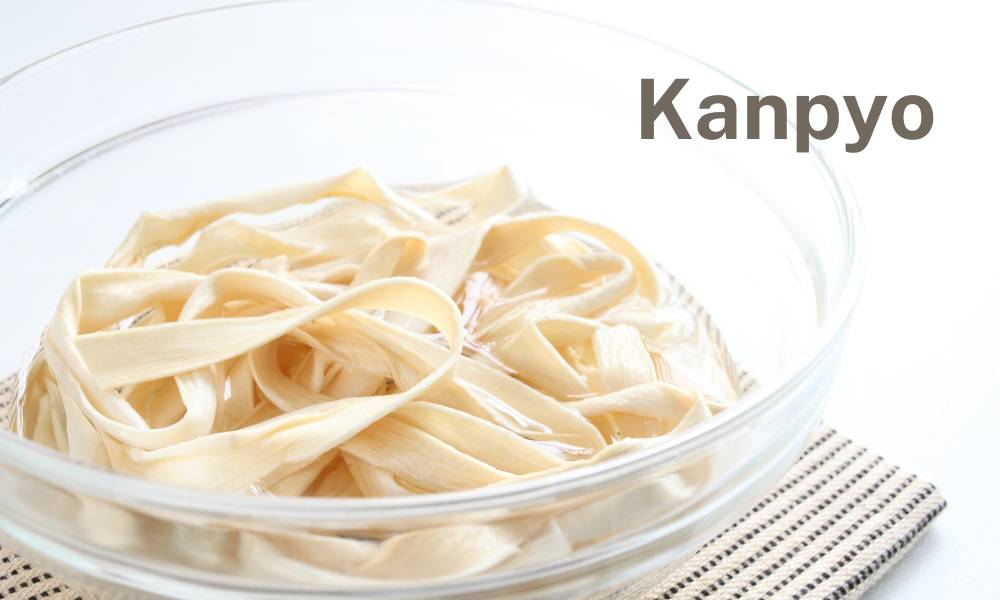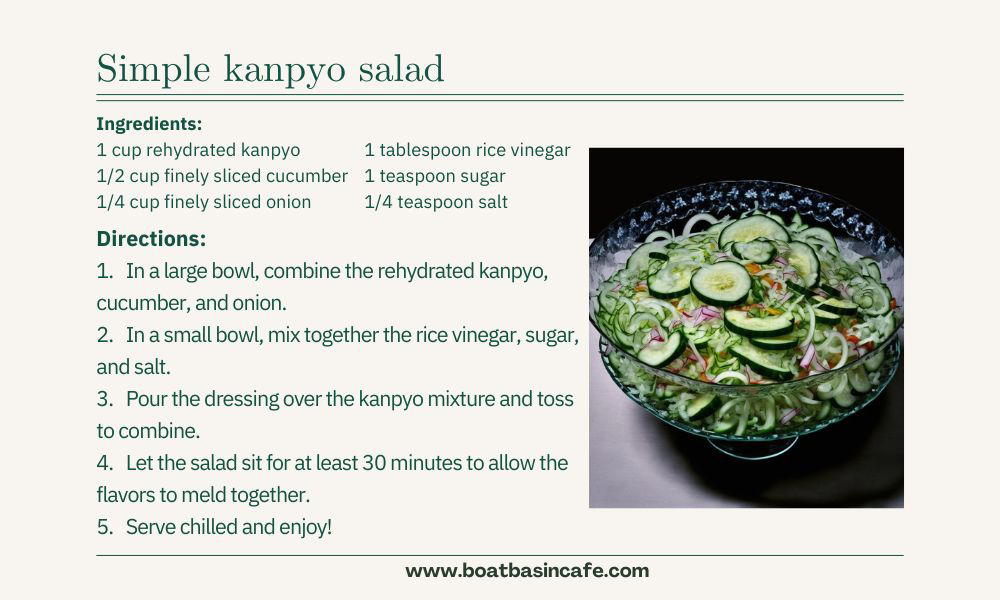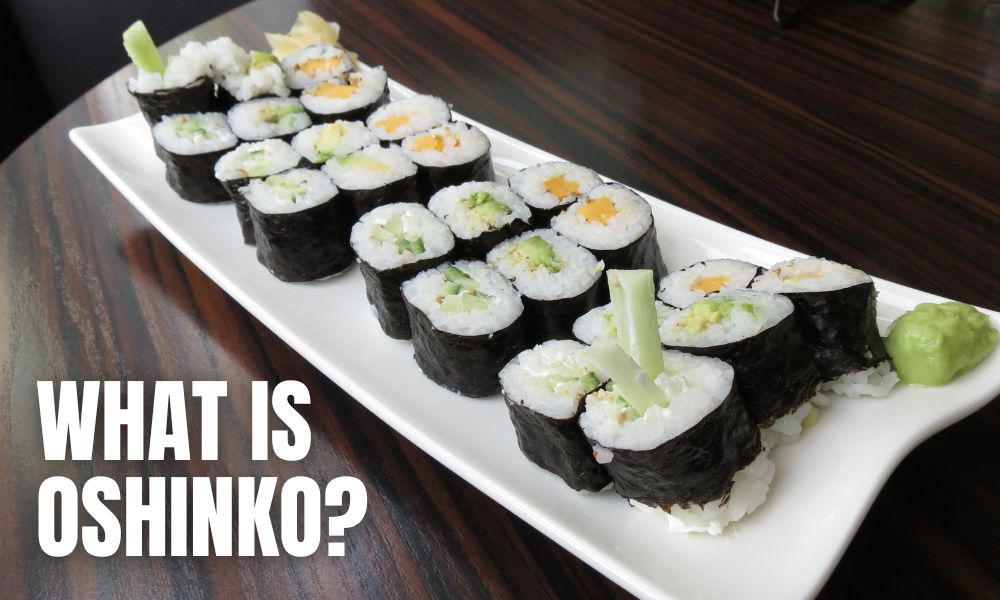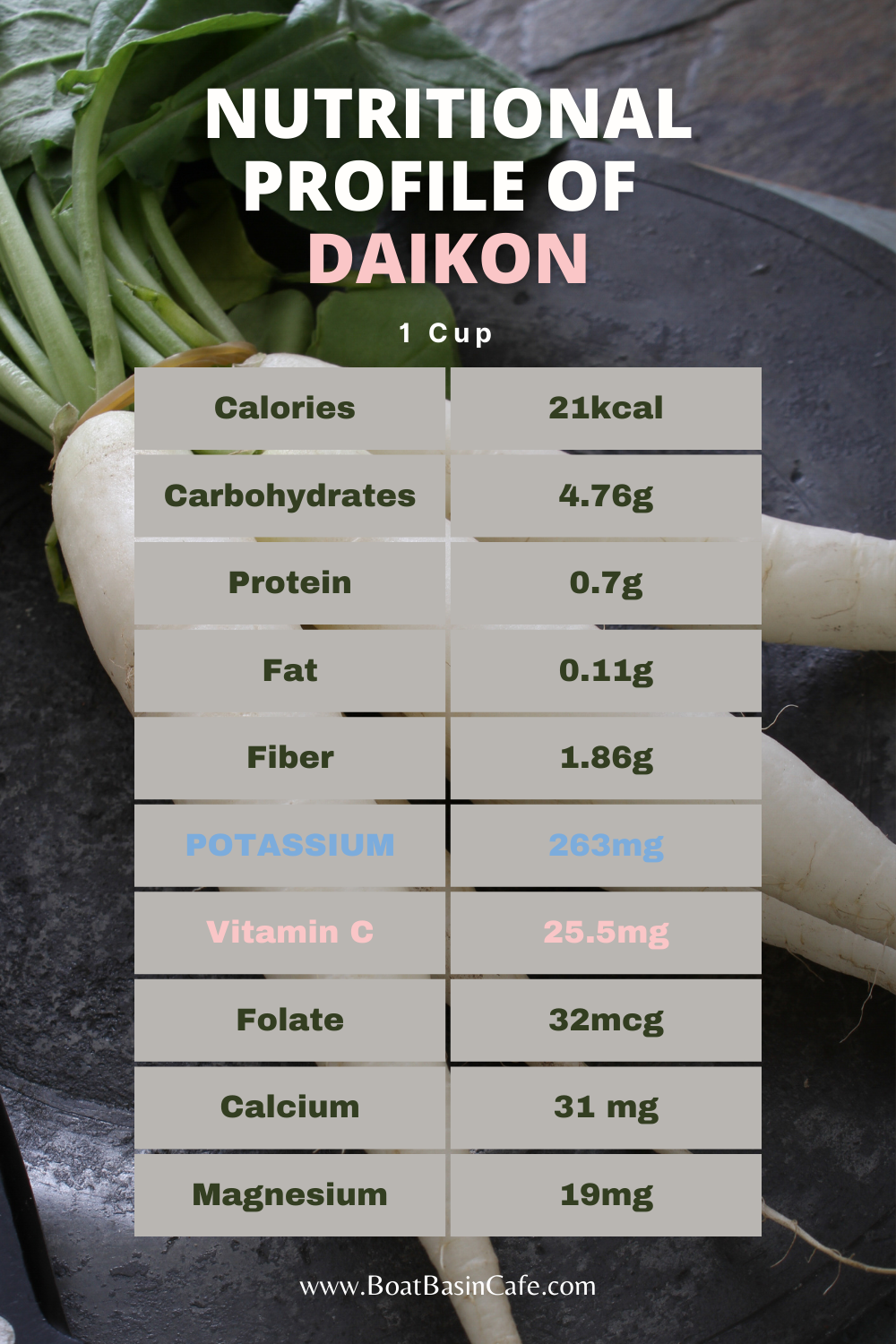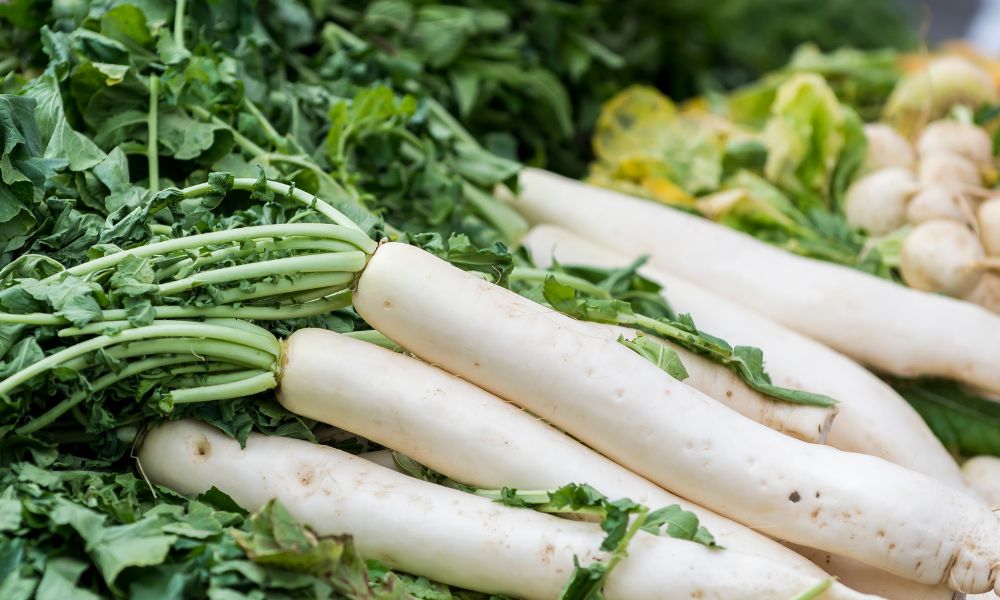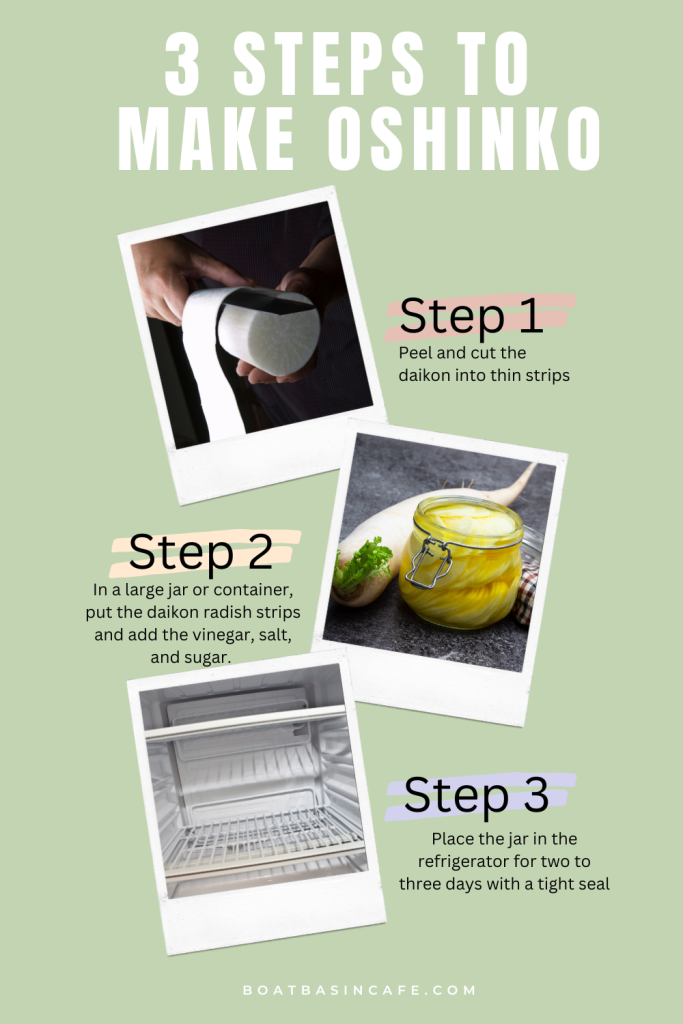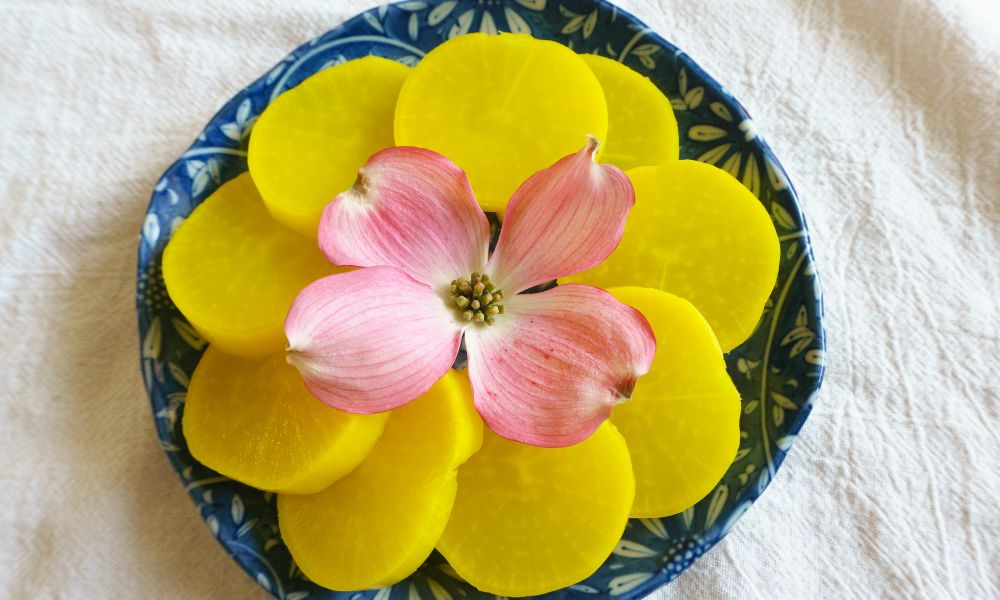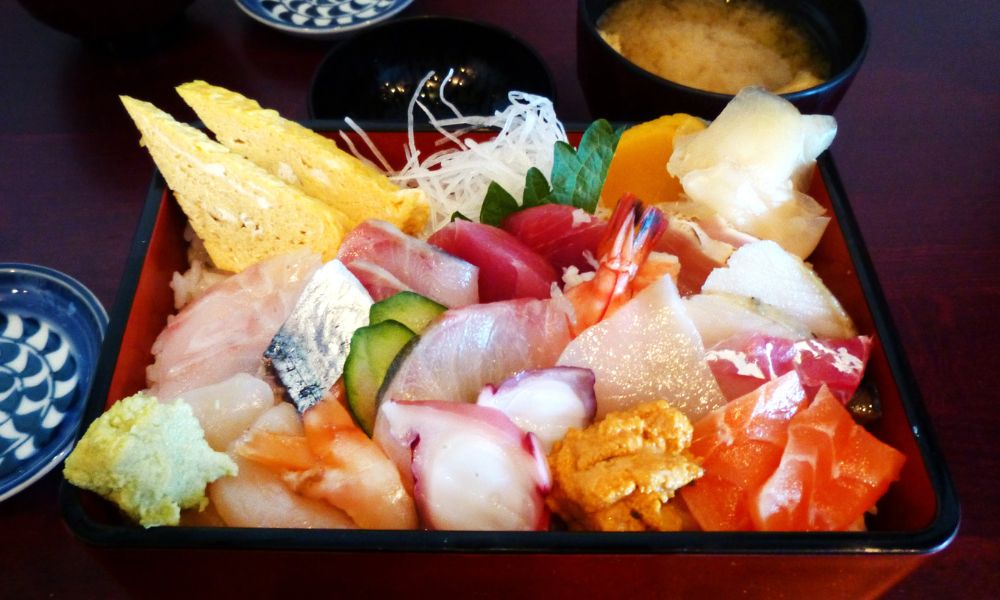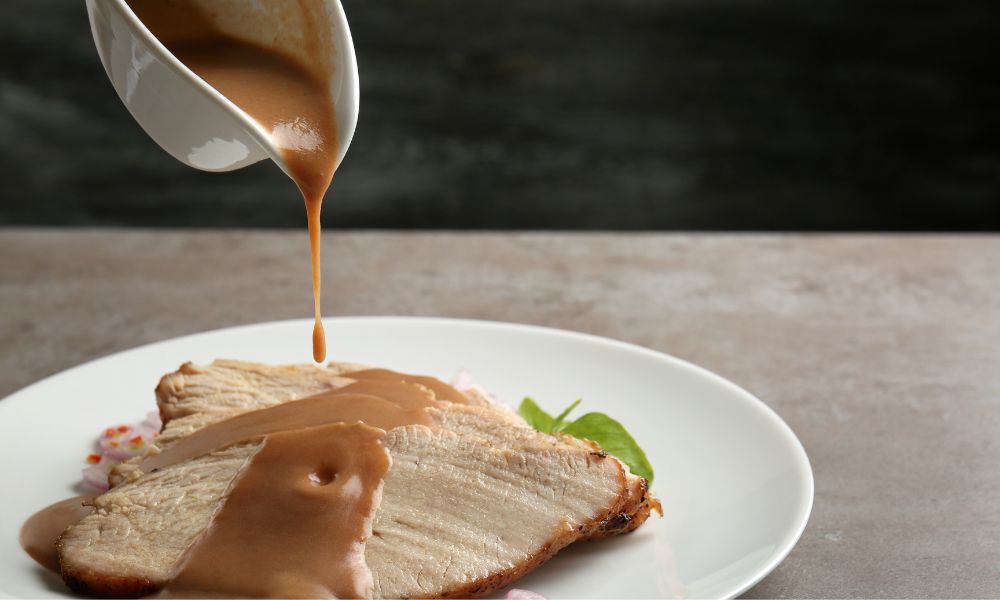Kombucha, a fizzy and flavorful fermented tea, has been consumed for thousands of years in China and Japan and is making a comeback in popularity due to its health benefits.
Not only is it delicious, but it’s also packed with probiotics, antioxidants, and other essential nutrients.
From boosting the immune system to improving digestion, the benefits of kombucha are numerous.
But did you know that this drink can also improve your sexual health?
In this article, we’ll explore the surprising health benefits of kombucha sexually and how you can incorporate it into your daily routine.
What Is Kombucha?

Kombucha is a fermented tea drink made with yeast, sugar, bacteria, and black tea. It has a yellow-orange hue and a tangy flavor and is known for its sour taste.
The making of kombucha involves mixing sweetened tea with a SCOBY (symbiotic colony of bacteria and yeast), which is a combination of bacteria and yeast. The yeast digests the sugar in the tea, producing probiotic bacteria.
The carbonation of kombucha (the reason kombucha is fizzy) is a result of this fermentation process.
Why Has Kombucha Become So Popular?
There are several reasons.
One is its potential health benefits. The probiotics in Kombucha can help with digestion, increase energy, support a healthy metabolism, and even improve your nightlife! Kombucha also contains antioxidants that can cleanse the liver.
It’s also favored by some people who are health-conscious and don’t drink coffee or tea, which is pretty weird because Kombucha has caffeine in it. This may be because they don’t like hot drinks.
Another reason is its distinct taste. Kombucha has a lightly carbonated, sweet, and sour flavor that can’t be found elsewhere.
Many kombucha brands offer flavored options like lychee, orange and turmeric, ginger, blueberry, maple, and more.
The culture around kombucha is also a factor in its popularity. People who love kombucha love talking about it and experimenting with different recipes.
Online communities have formed where people share their latest batches and ask questions. In a way, kombucha has brought people together.
Is It Just a Passing Trend?
The popularity of kombucha has been a gradual process, rather than a sudden surge. An analysis of Google Trends data indicates that fermented beverage has been a topic of discussion online since 2004.
However, the worldwide interest in kombucha experienced a marked increase starting in 2015 and has continued to rise steadily since then.
Health Benefits of Kombucha Sexually

While the health benefits of kombucha are well-known, its impact on sexual health is often overlooked.
Here are just a few of the ways kombucha can improve your sex life:
Improved Libido
Low libido can be caused by several factors, including stress, fatigue, and hormonal imbalances.
Kombucha contains various ingredients that can help boost your libidos, such as caffeine and B vitamins.
It contains around 15mg of caffeine per 8-ounce (240 ml) serving. Caffeine is a natural stimulant that can enhance your energy levels and increase your desire for sex.
In a study published in the Journal of Sexual Medicine, researchers found that caffeine improved sexual arousal and satisfaction in women.
B vitamins, on the other hand, are crucial for maintaining a healthy nervous system, which is essential for a fulfilling sexual experience.
B vitamins like thiamine and niacin play a key role in producing neurotransmitters like dopamine and norepinephrine, which are associated with increased sexual arousal.
B vitamins also play a crucial role in increasing sex hormones and decreasing estrogen in men, which is important for maintaining a healthy sex drive.
Improved Lubrication
If you’re struggling with dryness, kombucha can help.
In a study published in the European Journal of Obstetrics & Gynecology and Reproductive Biology, researchers found that women who used a non-hormonal vaginal moisturizer experienced improved sexual function, including increased lubrication.
Kombucha is a fermented drink that contains organic acids (acetic acid, glucuronic acid, and gluconic acid) that can increase the production of lubrication in your body, making sex more comfortable and enjoyable.
They also help to prevent urinary tract infections (UTI), a common problem among adult women.
These acids are produced as a by-product of the fermentation process used to make kombucha.
Increased Fertility
Studies have shown that a healthy gut can help regulate hormones and improve overall reproductive health, which may in turn help with infertility.
Kombucha, specifically, has been linked to balancing hormones such as thyroid and estrogen, as well as regulating the digestive system and improving vaginal pH, which can reduce the risk of infections.
Kombucha is also known to increase fertility by improving sperm quality and motility. This is due to its high concentration of antioxidants, which protect sperm from oxidative damage and improve its ability to fertilize an egg. It is important for those trying to conceive.
Antioxidants like vitamins C and E have been shown to improve sperm quality and increase fertility in men.
In a study published in the Journal of Medicinal Food, researchers found that supplementing with vitamin C improved sperm count, motility, and morphology in infertile men.
One study conducted on mice by the International Journal of Andrology found that Kombucha can help improve the function of the male reproductive system and protect against the harmful effects of SNPs.
It can also help with detoxification and reduce sugar cravings, which can have a negative impact on fertility.
While more research is needed to confirm these findings in humans, kombucha is a safe and natural way to boost fertility and increase the chances of conception.
Solve Erectile Dysfunction
It appears that some men in Harare, Zimbabwe are turning to Kombucha as a potential solution for their erectile dysfunction.
Western drugs such as Tadalafil and Sildenafil, which are commonly used to treat the condition, have become expensive and not affordable for everyone there, leading some to seek alternative remedies.
Some male customers claimed that the drink is very effective in treating their erectile dysfunction problem.
However, there is no strong scientific evidence to back this claim. The claims may have been the result of the presence of Alcohol in the Kombucha!
Homemade Kombucha teas tend to have higher alcohol content. It can be as high as 3% or even higher.
A study published in the International Journal of Impotent Research shows that consuming alcohol in moderation may actually help with erectile dysfunction (ED) and protect against it in short term.
However, chronic heavy use of it isn’t suggested, as this can lead to long-term erectile dysfunction.
[Note: Kombucha looks like an alcoholic drink and is a good substitute if you want to avoid alcohol and keep your sexual desire strong.]
How to Incorporate Kombucha into Your Sex Life
To get the most out of kombucha’s sexual health benefits, it’s important to incorporate it into your daily routine.
Adding kombucha to your daily routine is easy! Simply replace your regular soda or energy drink with kombucha or enjoy a glass before sex to improve your sexual health.
Having a glass of kombucha before sex may improve lubrication, enhance sexual pleasure, and reduce discomfort during intercourse.
You can also add kombucha to your favorite cocktails.
Kombucha comes in a variety of flavors, from fruity to sour. Experimenting with different flavors can add excitement to your sex life and keep things interesting.
However, it is important to note that drinking kombucha should not be considered a substitute for medical treatment for infertility. Instead, use it as a lifestyle beverage substituting your regular tea!
Other Health Benefits of Kombucha
Kombucha has several other health benefits besides its sexual benefits:
1. May Improve Digestion
Fermented foods, like kombucha, contain special healthy bacteria called probiotics that have been known to help with digestion and maintain a balanced gut microbiome.
These probiotics can also help improve the frequency and consistency of your stool, making it easier to avoid constipation.
In addition to probiotics, kombucha also contains B vitamins, essential minerals, and organic acids.
These organic acids have been shown to have antimicrobial properties, which means they may help to fight off harmful bacteria in the gut.
Kombucha tea prepared from green, oolong, and black tea showed antibacterial activity against all tested enteric bacteria in one study.
However, it’s important to remember that kombucha should not be a substitute for a healthy diet rich in fiber from fruits, vegetables, nuts, and seeds.
According to Denver-based registered dietitian Maria Zamarripa, these foods are crucial in creating the ideal environment for probiotics to flourish and support our gut health.
2. May Help to Manage Type 2 Diabetes
Type 2 diabetes is a common condition that affects over 450 million people globally.
Research on diabetic rats has shown that kombucha can help slow down the digestion of carbohydrates, leading to reduced blood sugar levels and improved liver and kidney function.
Kombucha made from green tea may offer even more benefits, as green tea has been proven to lower blood sugar levels on its own.
In fact, a study (published in the JAMA Internal Medicine) of nearly 300,000 individuals found that those who regularly drank green tea had an 18% lower chance of developing diabetes.
3. May Boost Immunity
Studies have shown that fermented drinks like kombucha can help boost the immune system by providing beneficial bacteria, vitamins, and organic acids.
Kombucha is low in sugar and contains acetic acid, which has been proven to kill potentially harmful microorganisms without impacting the ‘good’ bacteria in the body.
Kombucha is also rich in polyphenols, a type of antioxidant that helps prevent cardiovascular disease and certain cancers.
4. May Help to Lose Wight
Having a healthy balance of gut bacteria is essential for weight management and kombucha can contribute to this.
Kombucha can also offer a healthier alternative to sugary drinks like soda or juice, as the sugar content is reduced during the fermentation process.
However, some brands add fruit juice, sugar, or stevia for taste, so check the label before you buy it. Opt for one with less than 6 grams of sugar per 8 ounces.
5. May Alleviate Mental Health
Drinking kombucha might help improve your mental health.
The anti-inflammatory properties of kombucha may assist in reducing depression symptoms as there is a relationship between inflammation and depression.
A study from 2017 looked at many past studies and found that taking supplements with healthy bacteria might help with depression.
However, there is no proof yet that drinking kombucha specifically can help boost your mood, relieve depression symptoms, or help in any other way with mental health.
So, you can take this one with a pinch of salt!
The Risks of Drinking Kombucha
The preparation of kombucha involves cultivating bacteria in a liquid intended for consumption!
Some of these bacteria have probiotic properties, however, if the kombucha is not handled correctly, it can lead to the growth of harmful bacteria or mold.
However, the danger is low if you drink kombucha from reputable brands. The risks usually happen with homemade kombucha that is not properly fermented.
There have been numerous reported cases of illness and even death linked to kombucha consumption dating back to the mid-1990s, including liver problems, lactic acidosis, allergic reactions, and nausea.
However, the FDA declares that kombucha is safe if made properly.
When making kombucha at home, it’s best to use glass, stainless steel, or plastic containers and maintain proper sanitation with equipment and hands.
The best way is to buy from stores and reputable brands. They are usually produced with safe methods and should not harm a regular healthy person.
Too Much Kombucha Can Lead to Weight Gain
If you’re a fan of fermented tea, be aware that some types of kombucha can be high in sugar, which can result in weight gain. It’s best to check the labels when buying kombucha from a store.
As kombucha is carbonated, drinking too much of it can also lead to bloating and gas.
Kombucha During Pregnancy
Given that kombucha contains alcohol and caffeine, it is not recommended for pregnant women to drink it.
It’s also not advised to people with significant kidney, lung, or liver disease not to drink kombucha.
How Much Kombucha Should You Drink Per Day?
If you’re not in a high-risk group (diabetics), try a small amount of kombucha before drinking a lot. This way, you can see how your body reacts to the drink.
The Centers for Disease Control (CDC) suggests that 4 ounces of kombucha can be consumed 1-3 times a day.
So go ahead and give kombucha a try and see for yourself the amazing health benefits it has to offer!
FAQs
Is kombucha bad for your teeth?
Kombucha contains acid and sugar that can erode tooth enamel, making teeth more susceptible to decay and sensitive to certain foods. To protect teeth, kombucha drinkers should use a straw when drinking, neutralize the acid levels in their mouth, and avoid sipping it throughout the day.
Does kombucha help in bed?
While it does contain some caffeine, it is not likely to keep you up at night. Instead, kombucha may help improve sleep for some by balancing the body and hormones, though drinking it just before bed can lead to sleep disruption.
Is kombucha tea halal?
Muslims consider kombucha halal because its production is a by-product of a natural fermentation process that produces low alcohol levels that would not make someone intoxicated. This is confirmed by askimam.org, which states that the alcohol in kombucha is normally produced like in vinegar, bread, and other foods.

